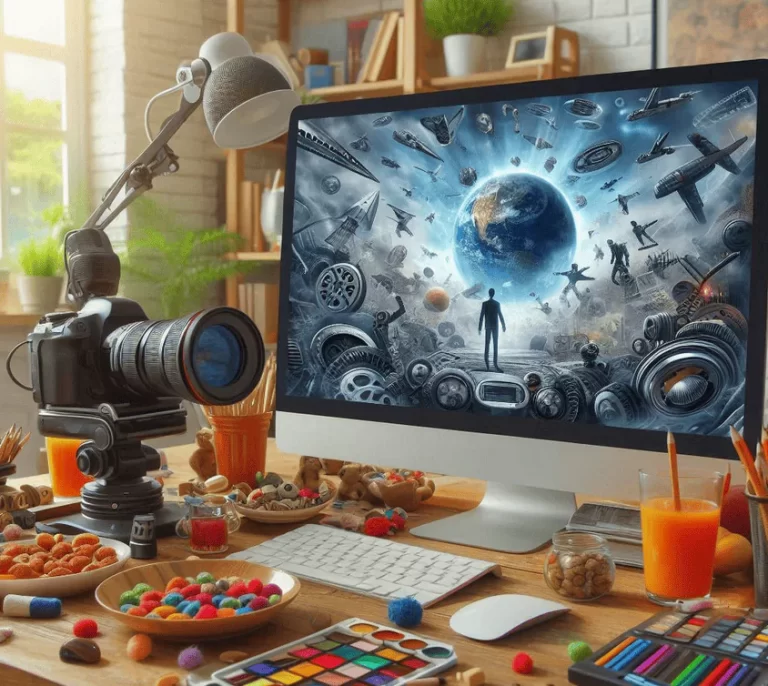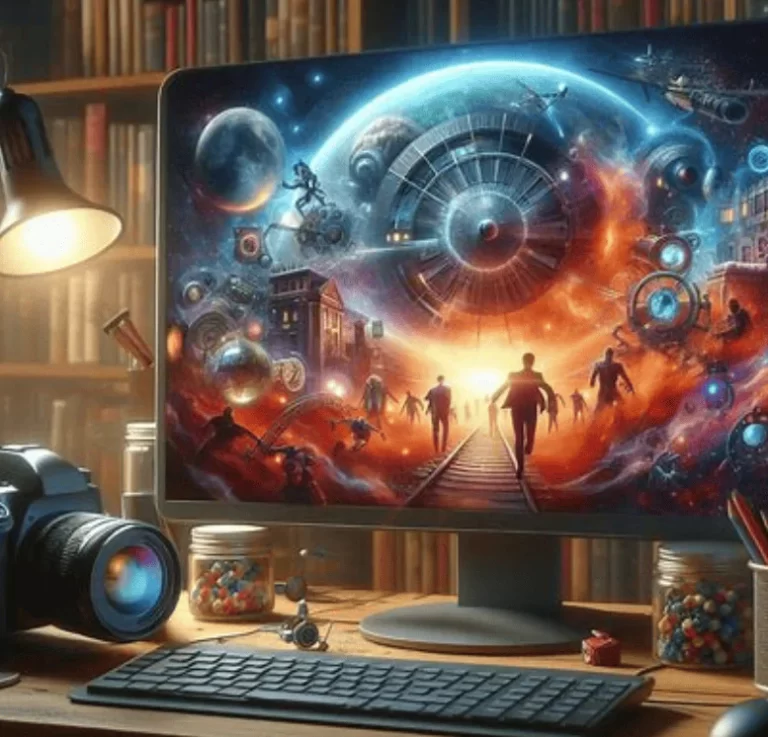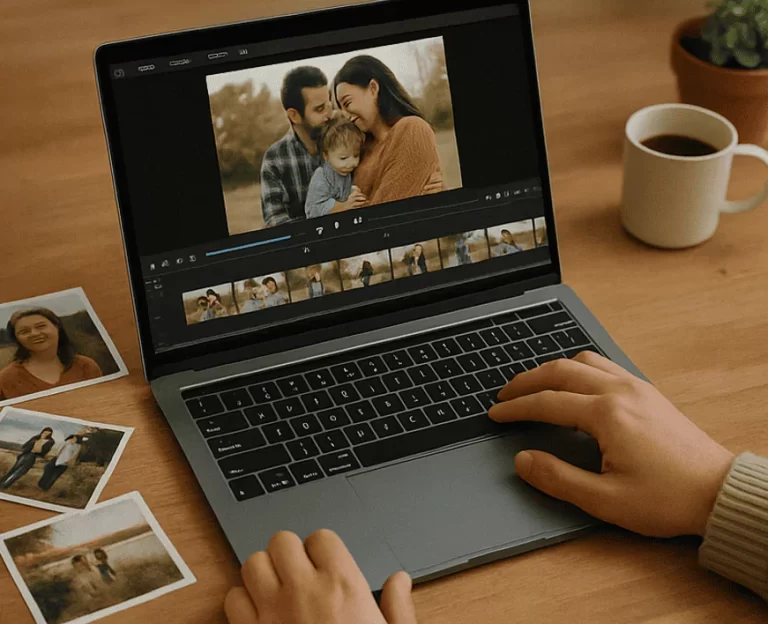
Music Streaming The landscape of music streaming has completely transformed how we discover, access, and interact with music. What was once dominated by physical media such as CDs, vinyl records, and cassette tapes, is now an era defined by digital convenience and near-instantaneous access to an entire world of music. The power of streaming platforms like Spotify, Apple Music, YouTube Music, and Tidal has redefined the very fabric of music streaming, making it the primary means through which people listen to music globally.
This transformation hasn’t been an overnight phenomenon, nor has it been without its hurdles. It’s been a slow and steady revolution that has shifted not just how music is consumed but also how artists create, distribute, and monetize their work. Whether it’s offering curated playlists, providing on-demand access, or promoting emerging talent, music streaming has created an ecosystem that benefits listeners, creators, and the industry in ways previously unimaginable.
The Rise of Music Streaming
Before the era of music streaming, music consumption was a tangible experience. Consumers purchased physical copies of their favorite albums, be it vinyl, CD, or cassette tape. Radio played a key role in influencing the tastes of millions, but the concept of music being available at the fingertips of the listener, whenever they desired, was far from being a reality.
Enter the digital age, where music streaming began to take shape. Early file-sharing platforms like Napster, though controversial and eventually shut down, paved the way for a model that would allow people to listen to music without owning a physical copy. These digital platforms sparked an inevitable shift toward a more accessible, convenient, and affordable model for consuming music.
1. The Spotify Revolution
Among the pioneers of music streaming, Spotify stands out as the first true game-changer. Launched in 2008, Spotify made it clear that the future of music streaming would be subscription-based, offering access to millions of songs with the click of a button. Unlike traditional music distribution models, Spotify’s freemium model allowed users to enjoy music for free with ads or pay for an ad-free, premium experience.
- Accessibility: Spotify’s seamless user interface, coupled with its extensive music catalog, made it easier than ever for listeners to discover music. By offering both free and premium services, Spotify democratized music access, enabling listeners from all walks of life to indulge in their favorite tracks without breaking the bank.
- Algorithm-Driven Discovery: Spotify revolutionized music streaming by not only providing a platform for music listening but also introducing personalized playlists. Features such as “Discover Weekly” and “Release Radar” use sophisticated algorithms to recommend new songs based on individual listening habits. These innovations have made music discovery an active, curated experience that is unique to every user.
2. Changing the Economics of Music
Before the advent of music streaming, artists relied heavily on physical album sales for revenue. The rise of digital piracy and file-sharing platforms disrupted that model, leading the music industry into a period of financial instability. As music piracy decreased due to the accessibility of streaming services, music streaming helped stabilize the industry.
However, the economic model behind streaming has been a topic of debate. While platforms like Spotify pay artists royalties, the per-stream payout is minuscule. Independent artists often express frustration with the limited financial rewards they receive, prompting discussions about fairer compensation models. Despite this, music streaming has undeniably opened up new revenue streams through advertisements, paid subscriptions, and sponsorships.
3. The Shift Toward Streaming-First Listening Habits
The rise of music streaming has shifted listening habits. Whereas music lovers once bought albums or singles and listened to them over and over, music streaming has introduced the concept of music as a constantly evolving service. As opposed to owning music, listeners now rent access to it—often for a fixed monthly fee. This has resulted in a shift from ownership to access.
The abundance of music available at any given moment has led to changes in how people engage with their favorite songs. While in the past, listeners would purchase albums and savor them in their entirety, streaming has shifted the focus to individual songs and playlists. The practice of creating and sharing playlists has become as important as consuming full albums.
The Technology Behind Music Streaming
The rise of music streaming owes much to advancements in technology. Without the power of cloud computing, efficient digital rights management (DRM), and vast content delivery networks (CDNs), the platforms we use today simply wouldn’t exist.
1. Cloud-Based Solutions
At its core, music streaming is all about data. The ability to store, retrieve, and stream audio files at lightning speeds is largely made possible by cloud computing. Cloud servers host enormous libraries of music that users can access in real time, enabling them to listen to their favorite tracks anywhere, at any time. This constant connectivity has transformed music from a physical commodity into a virtual experience.
Cloud-based platforms are not only about storage; they also enable services to scale. As streaming platforms grow their user base, they rely on cloud infrastructure to deliver consistent, high-quality audio experiences without buffering or downtimes. The cloud has been instrumental in making music streaming a smooth and efficient experience.
2. Data Analytics and Machine Learning
Machine learning has had a profound impact on how music streaming services function. Streaming platforms gather massive amounts of data on their users’ listening habits. This data is processed and analyzed to recommend songs and playlists that match individual tastes.
The recommendation engines employed by streaming services, like Spotify’s proprietary algorithm, are fine-tuned based on user interaction. As listeners play, skip, or save songs, the platform adapts, becoming more accurate in its predictions. This personalized experience is the backbone of music streaming, ensuring that users are constantly discovering new music that fits their preferences.
Machine learning also plays a role in content curation. Services like Tidal, Apple Music, and Amazon Music leverage AI to provide playlists that are not just based on the music the user has already listened to, but also on emerging trends, popular songs, and even social factors like what’s trending in a particular region or on social media.
3. High-Quality Audio Streaming
As music streaming has evolved, so has the quality of the audio offered. Initially, streaming platforms offered low-bitrate audio to reduce data consumption. However, as internet speeds increased and data storage became more affordable, streaming services began offering higher-quality audio streams.
- Lossless Audio: Platforms like Tidal have pioneered the trend of offering high-definition, lossless audio, allowing audiophiles to experience their favorite tracks with exceptional clarity. These formats, such as FLAC (Free Lossless Audio Codec), deliver a richer sound compared to the more compressed MP3 files used by earlier streaming services.
- Spatial Audio: Advances in spatial audio have allowed listeners to experience music in three-dimensional space, making the experience even more immersive. Apple Music, for example, offers Dolby Atmos support, which places sounds in a 3D sphere, making it feel as though the music is coming from all around the listener.
The Impact of Music Streaming on Artists
One of the most profound changes brought about by music streaming is how it has affected artists. For many, the introduction of streaming services has democratized access to their music, allowing even the most niche artists to find an audience. However, it has also created challenges, particularly when it comes to monetization.
1. Access to a Global Audience
Before streaming, an artist’s reach was often limited to physical distribution channels, radio airplay, or local performances. With music streaming, any artist with access to a recording device and the internet can upload their music to a global platform.
- Global Reach: Independent artists now have the potential to reach millions of listeners worldwide without the backing of a major record label. This has opened up new opportunities for exposure and fan engagement, with platforms like SoundCloud, Bandcamp, and even YouTube offering artists a space to connect directly with their audience.
- Discoverability: Emerging artists can be discovered through curated playlists, algorithm-driven recommendations, and social media integration. This has given birth to a new wave of artists, often from niche genres, who gain popularity through viral content or word of mouth via social platforms.
2. The Challenge of Fair Compensation
Despite the benefits, music streaming has been controversial when it comes to artist compensation. Streaming platforms generally pay artists a fraction of a cent per stream, leading many musicians to argue that they aren’t receiving fair compensation for their work. This has sparked conversations about how streaming platforms can better remunerate creators for their contributions.
- Revenue Distribution: The traditional model of music sales, where artists made money from album or single sales, has been replaced by the streaming model, which relies on per-stream payments. While major artists can earn significant income from millions of streams, independent artists often find it difficult to generate sustainable income from music streaming alone.
- Subscription and Royalty Models: Some artists have argued for better royalty rates and fairer subscription-based models. A major point of contention remains the percentage of revenue that streaming platforms retain compared to the amount that is paid out to artists and record labels.
The Future of Music Streaming
As the music streaming landscape continues to evolve, several trends are likely to shape the industry in the coming years.
1. The Integration of AI and Virtual Assistants
As artificial intelligence (AI) becomes more sophisticated, it will further personalize the listening experience. AI-driven assistants like Siri, Alexa, and Google Assistant are already helping users control their music streaming experience with voice commands, but the future promises even more advanced interaction.
- Smart Playlists and Predictive Analytics: In the near future, AI may be able to predict exactly what kind of music a listener wants to hear, based on factors like time of day, mood, weather, and past listening habits. Imagine a playlist curated just for you in real time, adapting to your emotional state and activity level.
2. Blockchain and Music Distribution
Blockchain technology, known for its role in cryptocurrency, is beginning to find its place in the music streaming industry. By using decentralized systems, blockchain can provide artists with more control over their content and the revenue it generates. It could enable direct payments from fans to creators, bypassing intermediaries like record labels or streaming platforms.
- Fairer Royalty Distribution: Blockchain has the potential to revolutionize how royalties are tracked and distributed. Artists could be compensated more fairly, with transparency about how revenue is shared. This could lead to a more equitable music streaming landscape for both big names and independent artists.
Conclusion
The rise of music streaming has reshaped the music industry in ways that were unimaginable just a few decades ago. From democratizing access to music to offering new avenues for discovering emerging artists, music streaming has made music more accessible, diverse, and interconnected than ever before. As technology continues to evolve, we can expect even more exciting changes—whether through advancements in audio quality, the integration of AI, or the potential of blockchain to disrupt the way music is consumed and monetized.
At its heart, music streaming is a celebration of how digital innovation can bring people closer to the music they love. The future of music lies in the power of connectivity, personalization, and endless discovery. Whether you’re a casual listener, an avid audiophile, or a budding artist, the possibilities are limitless, and the revolution of music streaming is far from over.
This is the first part of the article, covering the key elements of music streaming. Would you like me to continue or expand on any section in particular?



